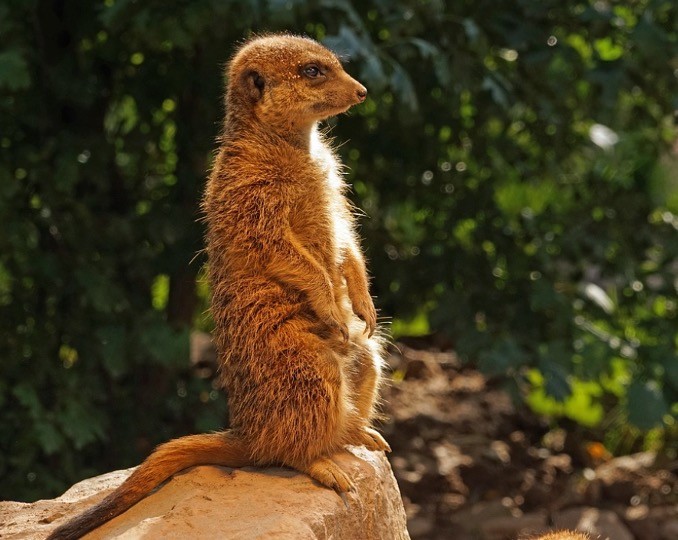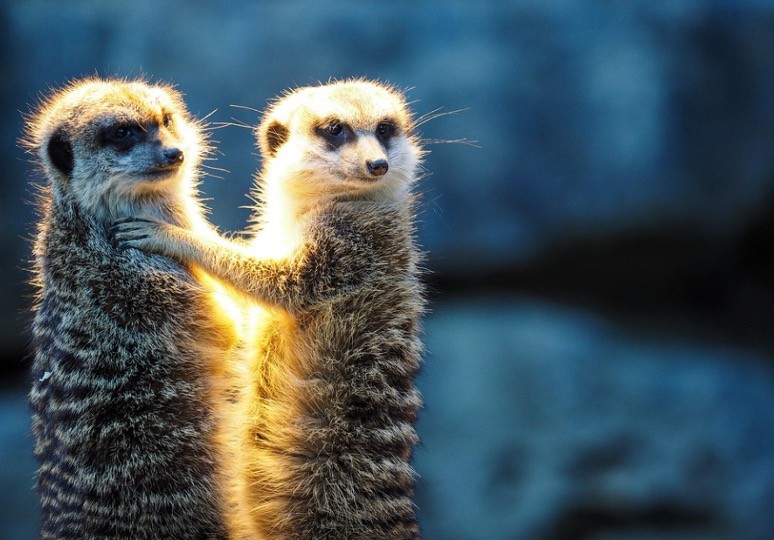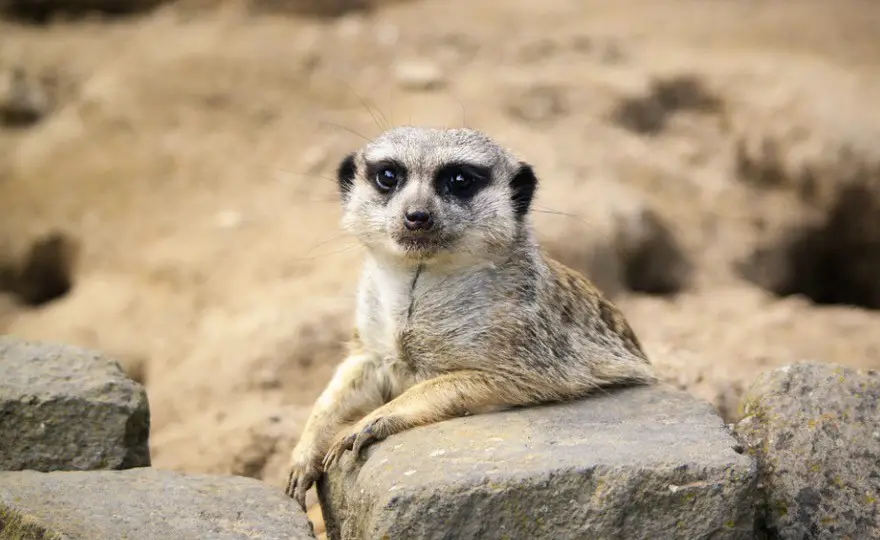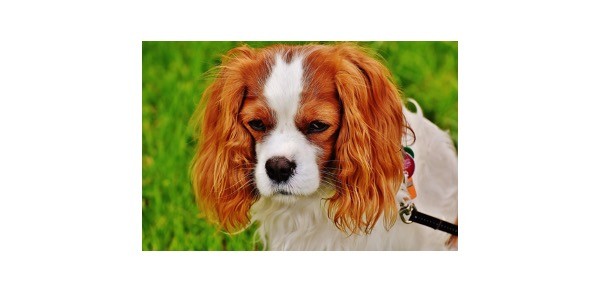Table of Contents
Mongoose: All You Need To Know
A Mongoose is a small carnivore mammal which belongs to the kingdom of Animalia, phylum Chordata, and class Mammalia. It has 14 genera and 33 species. Its length is 17.8 to 63.5 cm, its body and tail are 15.2 to 53.3 cm, and it weighs approximately 5 kg. It lives in the forets, open grassland, and savannahs, fields, and forests with a lifespan of 6 to 10 years (up to 20 years in captivity).

Mongoose Description
The mongoose is a tiny carnivore native to Africa, with a few species also found in southern Asia and southern Europe. These tiny animals are fearless predators who are infamous for attacking deadly snakes like the king cobra. There are 33 species in all, divided into 14 genera.

Mongooses come in a wide range of sizes, with the smallest being the dwarf mongoose (Helogale parvula), which has a body length of seven to ten inches (17–24cm) and a tail length of six to eight inches (15–20cm). The white-tailed mongoose, on the other hand, is the biggest mongoose, measuring between 19 and 28 inches (48 – 71 cm) in length. Its tail may grow to be as long as 18.5 inches (47 cm).
Mongooses range in colour from grey to brown, with darker legs, pale or ringed tails, and stripes on some species. They have tiny ears, short legs, and a long, pointed nose. Small mammals, birds, reptiles, eggs, and insects are among the foods consumed by these creatures. Mongooses have been known to fight and kill venomous snakes, and certain species supplement their diet with fruits, nuts, and seeds.

Every mongoose species has adapted to the environment in which it lives. The majority of species live on land and are active throughout the day. Some species, on the other hand, are semiaquatic, while a few are tree dwellers. Many mongoose species live in burrows and tunnels that they have excavated or that they have discovered abandoned.
Mongooses live alone or in couples for the most part, but certain species, such as the banded mongoose (Mungos mungo) and meerkats (Suricata suricatta), dwell in huge groups. The lack of habitat is the most serious danger to all mongoose species.
The environment in which they reside is being degraded by deforestation and land conversion for agriculture. Pesticide usage, as well as an increase in pollution, constitute a hazard. Mongooses are also victims of the pet trade, with many being trapped and exchanged, and in certain countries, they are forced to battle snakes in roadside exhibitions.
Mongoose Species
The Indian grey mongoose (Herpestes edwardsi) is a mongoose that lives in open woods, scrublands, and farmers’ fields in the Indian subcontinent and West Asia. This species is well-known for its ability to combat poisonous snakes like the cobra. The suricate, commonly known as the meerkat (Suricata suricatta), is a tiny mongoose that lives in southern Africa.
They dwell in huge villages that are made up of many families. They collaborate, with a few serving as watchmen while the rest search for sustenance. A meerkat will emit a loud, harsh cry if danger is detected, alerting the others to seek cover.
The Egyptian mongoose (Herpestes ichneumon) is a mongoose which is endemic to the Iberian Peninsula and may be found along the Mediterranean coast between North Africa and Turkey. These mongooses seek insects as well as birds and animals by placing their noses to the ground and smelling until they find them. Then they either wait for the insects to come to the surface and grab them, or they dig them out of the ground.
The banded mongoose (Mungos mungo) is a mongoose that may be found all throughout Africa, from the Sahel to southern Africa, and it lives in huge groups of seven to forty individuals. Termite mounds are often used to construct their dens. Because this species lives in huge colonies, it prefers dens with many openings for easier access and ventilation.
Fun Facts About Mongoose!
Mongooses are tiny, agile animals that are fierce hunters. They are mostly found in Africa and southern Asia. Some animals are highly sociable and live in huge groups, whilst others are solitary. Different species have evolved biological adaptations that have allowed them to thrive in a variety of environments! Let’s look at a few of them more closely.
i. Mongoose Fighting With Snakes!
Several species of mongoose are recognised for their abilities to combat and consume poisonous snakes. By encouraging the snake to attack and darting away, this nimble mammal uses its speed to wear it out.
The mongoose can overtake the snake after it is weary and use its strong bite to shatter the snake’s head. Mongooses have thick skin and hair that protects them from a snake’s fangs, in addition to being fast.
A mongoose may be bitten by a snake, but scientists have discovered that they are resistant to the snake’s poison! What is the mechanism behind this? When a snake bites an animal and injects venom, one of the chemicals in the venom, alpha-neurotoxin, binds to receptor molecules on the surface of muscle cells.
These receptors are crucial because they receive information from neurons instructing muscles to contract or relax. The alpha-neurotoxin in the snake’s venom prevents these impulses from reaching the receptors, resulting in paralysis and death of the victim.
These receptors in mongooses are structured differently, making it difficult for snake venom to attach to them and inhibit signals. As a result, the muscle cells can still receive messages, and the snake venom has no effect on them. The Indian grey mongoose is well-renowned for its ability to fight dangerous snakes, and it has even been known to take on the king cobra!
ii. Dwarf Mongooses Forage with Hornbills
Hornbills are an unusual hunting companion for dwarf mongooses. These birds are frequently seen feeding with mongoose packs, but what are the advantages?
The birds, on the other hand, act as an extra set of eyes for the mongooses, warning them when danger is near. The hornbills, in turn, profit from the bug prey that the mongooses dig up while foraging. What makes this interaction even more fascinating is that the mongoose’s small pups will also play with the hornbills.
Even though they are the size of other small animals that the hornbills prey on, the hornbills do not seek to consume them. In certain areas, these birds have even been seen waiting outside the mongooses’ dens early in the morning to begin eating together!
Many animals collaborate in mutualistic partnerships, meaning they profit from one other’s efforts. Another example is the oxpecker (a kind of bird) and the rhinoceros (or zebra).
Ticks, flies, and other insects found on these animals are eaten by the birds, providing food for the birds and pest control for the bigger animals.
iii. Synchronized Births
When it comes to the birth of their pups, certain mongoose species have an unusual adaption. Females give birth multiple times a year, and all females in a society give birth on the same day! To guarantee that their children survive, the ladies time their deliveries.
If the puppies are born too soon, the other females in the pack may murder them while their mother is out hunting. This will be done by the other females to decrease competition for their offspring’s survival. This innate habit helps a female’s offspring survive when resources are low.
Puppies born at the same time stay in the burrows until they are around six weeks old. While the females are out hunting, males will keep watch at the burrow’s entrance to ensure that the pups are safe. Males who have not reproduced develop connections with young male pups, teaching them how to forage, search for food, and protect themselves.
Older brothers, cousins, or uncles are frequently used as mentors. The ladies will form a bonded group that will continue for the rest of their lives.
Mongoose Citations
- Dwarf mongoose alarm calls: investigating a complex non-human animal call. Proc Biol Sci . 2020 Sep 30;287(1935):20192514.
- Mongoose rabies in the Caribbean. Ann N Y Acad Sci . 1992 Jun 16;653:356-66.
- Mongoose rabies. Rev Infect Dis . Nov-Dec 1988;10 Suppl 4:S610-4.







